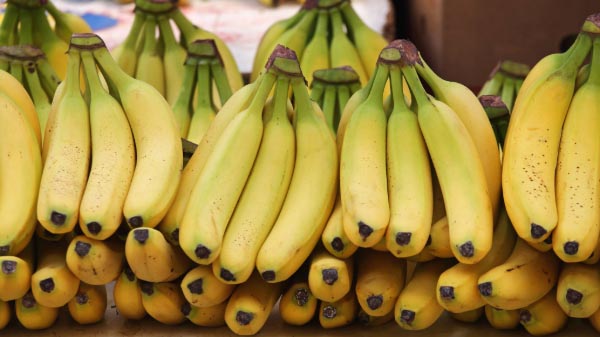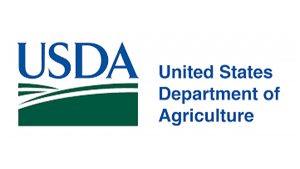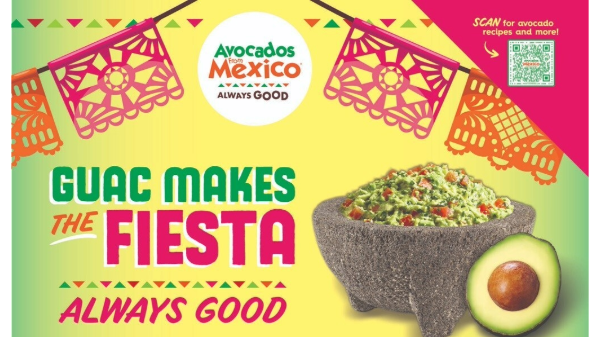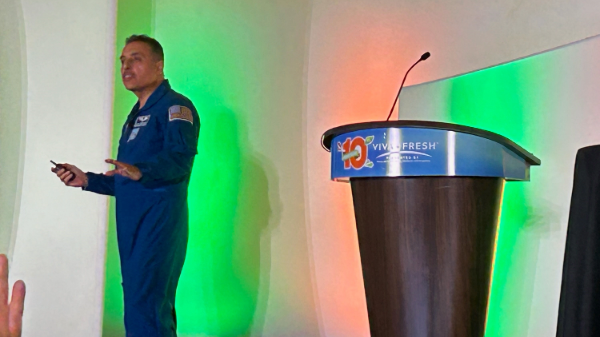Welcome to Blue Book!
Are you ready to join the thousands of companies who rely on Blue Book to drive smarter decisions? View our plans and get started today!
Still have questions? We’d love to show you what Blue Book can do for you. Drop us a line– we’ve been waiting for you.
Bad news hurts more than good news helps.
The Spillover Effect Studies conducted by researchers at Wheaton College, the University of Northern Kentucky, and East Carolina University explored how news about supply chain operations related to triple bottom line sustainability can have an impact on consumer perceptions.
John Elkington, a global authority on corporate responsibility and sustainable development, first coined the term “triple bottom line” 25 years ago. The TBL concept is a sustainability framework that examines a company’s social, environmental, and economic impact.
Many refer to the framework as the three Ps: people, planet, and profits.
In a Harvard Business Review article from June 2018, Elkington hoped to broaden the TBL concept beyond corporate accounting and a tradeoff mentality to encompass a more strategic approach to embracing all three bottom lines simultaneously.
Elkington argued that TBL has not been broadly implemented beyond a few leading companies or B-corporations (those legally required to embrace purpose beyond profit to include environmental and social outcomes).
So, the Spillover Effect Studies tackled the value of all three bottom lines by exploring the impact of supply chain news—both positive initiatives and unintended negative outcomes—and consumer perceptions of this information.
Good news vs. bad news
When information about a company or product—which may be unrelated to the actual quality of the product—influences whether or not a consumer purchases the item, this is called the spillover effect.
For example, in a study on spillover effect, a newspaper article that relayed positive information about the shock absorption of a pair of shoes improved consumers’ perception of the quality of the support, durability, and comfort of the shoe.
These attributes are not necessarily connected to shock absorption. Similarly, for a produce brand, a recall of one product (such as spinach) could potentially reduce consumers’ perceptions of the health benefits of that product in the future.
Alternately, negative information relayed about shock absorption could lead consumers to believe the shoe also had inadequate support, durability, and comfort. It probably comes as no surprise that negative information has a much greater spillover effect than positive, and further, that spillover effects go beyond product attributes.
As the Accenture study found, news about TBL initiatives can indeed spill over into consumer concerns about product quality and affect their willingness to buy. The Spillover Effect Studies explored how significant the effect was across economic, environmental, and social news.
This is an excerpt from the most recent Produce Blueprints quarterly journal. Click here to read the full version.








